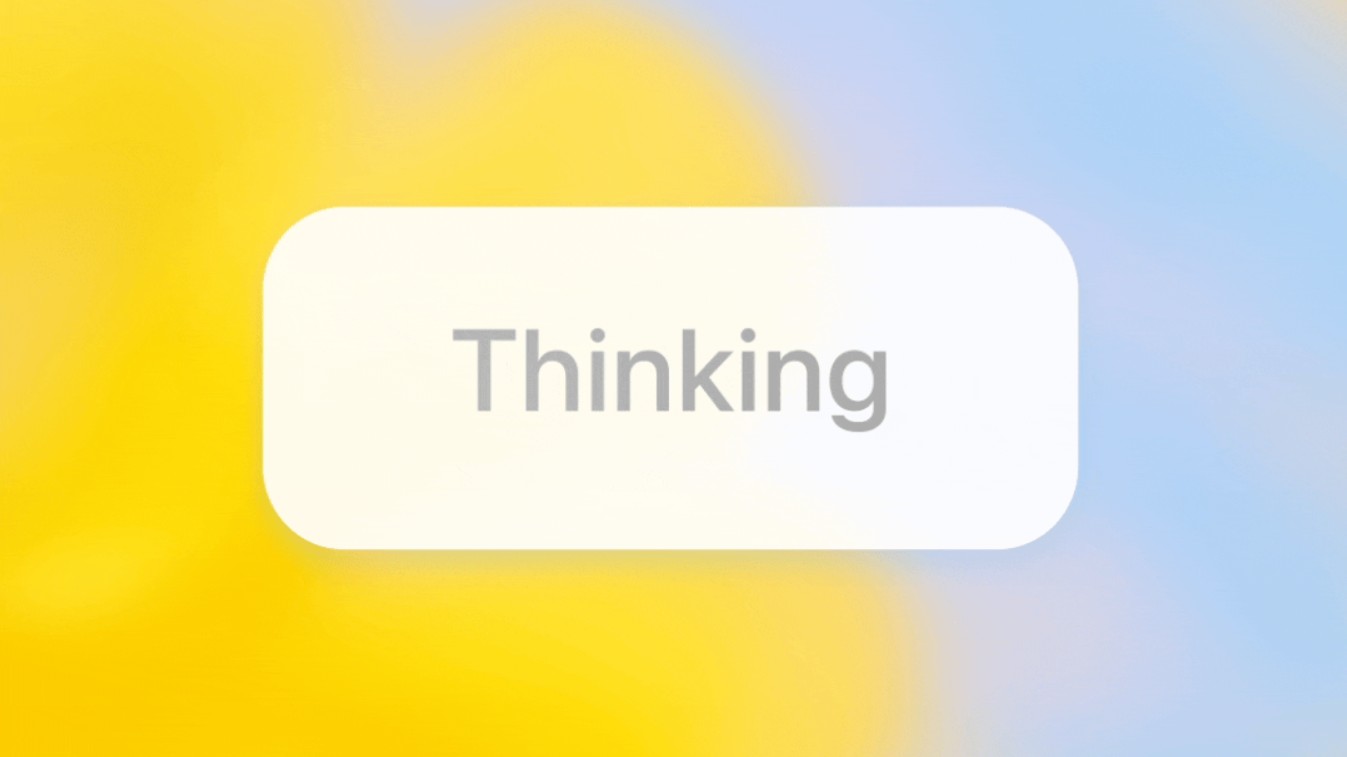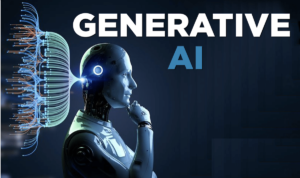The Photo Location Feature in ChatGPT o3 is Impressive!

OpenAI’s New Models: ChatGPT o3 and o4-mini
OpenAI has recently launched two impressive reasoning models called o3 and o4-mini, which improve upon the functionalities of ChatGPT. These models demonstrate advanced reasoning skills and excel in tasks requiring coding or mathematical problem-solving. An exciting new feature in these versions is their capacity for image interpretation, akin to computer vision seen in films. Users can now query the AI about image data, asking questions like, “Where was this photo taken?” The AI will utilize its reasoning skills to provide an answer.
AI-Generated Images: A Test of Recognition
To test the capabilities of these new models, an experiment was conducted using AI-generated content. The setup involved creating a realistic portrayal of a famous ski location in the Alps, specifically the Matterhorn peak. This photo was initially created using GPT-4o image generation, followed by requests to modify the image, such as changing the skyline.
After generating the altered photo, the next step was straightforward: upload the AI-generated image to both ChatGPT o3 and o4-mini, and ask them to identify the location along with their reasoning for the identification. Interestingly, both models were able to correctly identify the Matterhorn, demonstrating their effectiveness, even when the input was a synthetic image.
Deep Dive with ChatGPT o3
When engaging with ChatGPT o3, the AI was particularly confident in its analysis. It provided extensive details on how it determined the photograph’s location, mentioning specific geographic features like “flanking peaks such as Dent Blanche and Weisshorn.” The AI took about 34 seconds to analyze the image and provide its reasoning.
ChatGPT o3 undertook a meticulous process, exploring the photo for identifying features typical of the Matterhorn’s region. It even drew circles around the mentioned peaks, showcasing its detailed analytical capabilities. This extensive exploration led to an impressive level of detail, indicating the AI’s commitment to accuracy.
ChatGPT o4-mini: Speed Meets Efficacy
In contrast, ChatGPT o4-mini outperformed its predecessor in terms of speed. The AI required just 15 seconds to analyze the same image and confidently stated that it recognized the Matterhorn. However, o4-mini did not give additional context about other peaks in the region initially.
After prompting it further, to identify Dent Blanche and Weisshorn, o4-mini showcased its ability to not only respond quickly but to understand geographic context as well. The speed of o4-mini indicates its efficiency, although it didn’t provide as comprehensive an analysis as o3. Both models successfully identified the photo as an image of the Matterhorn, showcasing the advancements in image recognition capabilities.
Implications and Considerations
The results of this experiment underline several important points regarding the advancements in AI technology:
Impressive Analysis: The new models exhibit remarkable proficiency in analyzing images, as seen when they identified the Matterhorn without prior photographic context. This highlights the potential use of AI in various fields like geography and tourism.
AI-Generated Images and Ethics: The ability of AI to create convincing images raises ethical questions. The concern is whether these models can distinguish between real and synthesized images. As AI-generated content becomes more prevalent, users must be cautious about the authenticity of images.
Potential for Abuse: The technology could potentially bemisused, as AI can create realistic visuals that might mislead individuals or systems. This offers a glimpse into the challenges of maintaining trust in digital content.
Reasoning Time: ChatGPT o3 displayed extensive reasoning capabilities, taking its time to analyze the imagery. This might indicate a balance is needed between speed and thoroughness as AI helps users with complex tasks.
- Speed vs. Accuracy: While o4-mini’s quick analysis is beneficial, it may sacrifice the depth of understanding that o3 provided. Users should be mindful of these differences when choosing which model to employ for specific tasks.
The rapid evolution of AI, particularly in image recognition and interpretation, indicates a significant leap forward in technology. Continued advancements in this field will yield exciting possibilities but also necessitate careful consideration of ethical implications and user responsibilities.






